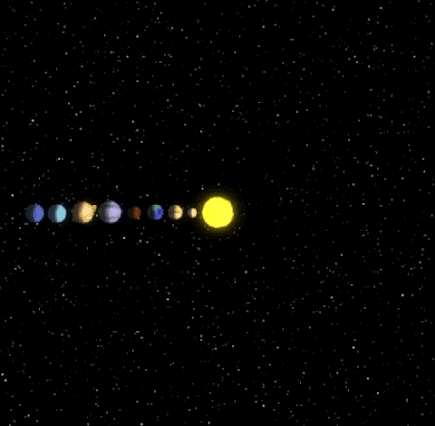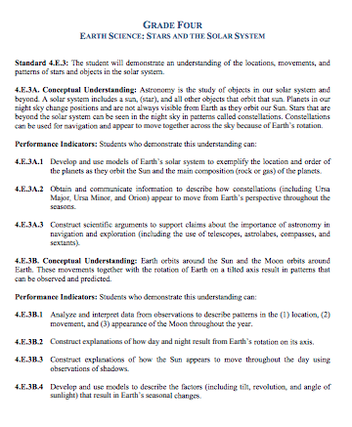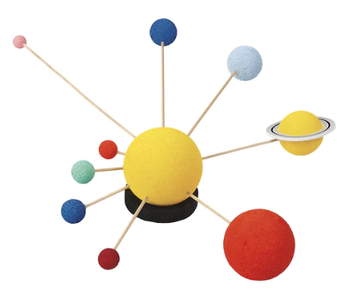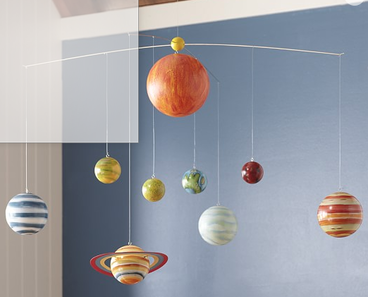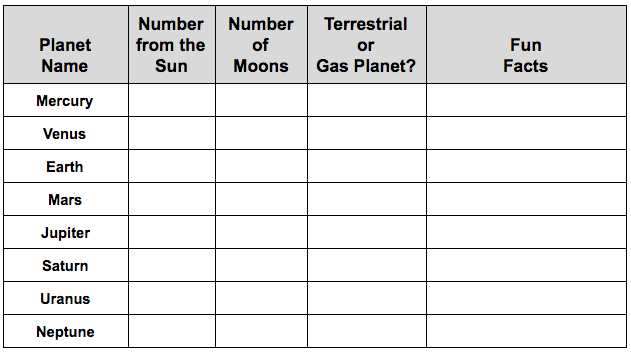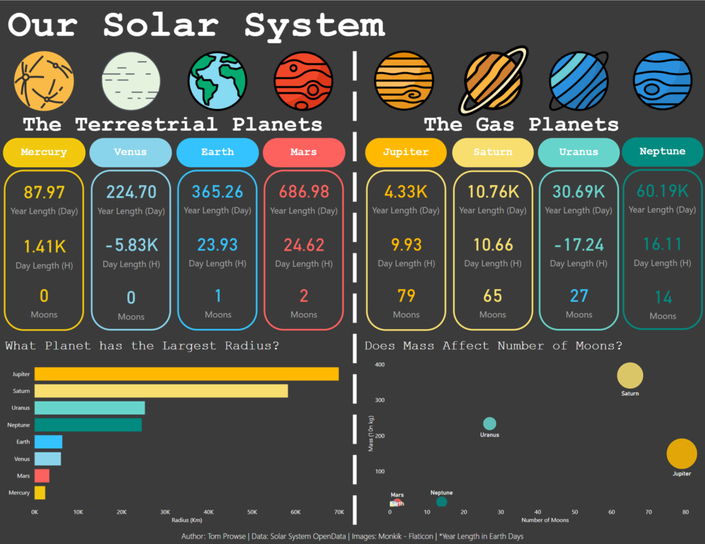4th Grade
Stars & the Solar System
Directions are written in black. Info for students to write in their Science notebook is printed in purple.
According to the RHSD Curriculum Map, this unit should be taught during Q3.
It may take the entire quarter, or the time may be split with Social Studies.
To find this unit's vocabulary list and pre/post test, please click here, then scroll to 4th Grade Astronomy.
According to the RHSD Curriculum Map, this unit should be taught during Q3.
It may take the entire quarter, or the time may be split with Social Studies.
To find this unit's vocabulary list and pre/post test, please click here, then scroll to 4th Grade Astronomy.
Astronomy is the study of objects in our solar system and beyond.
A solar system includes a sun, (star), and all other objects that orbit that sun
A solar system includes a sun, (star), and all other objects that orbit that sun
|
|
As you watch each video about the solar system, try to write down 12 things you learn about the solar system. Is there anything you learned from the video that are different from what you originally thought? |
|
|
4.E.3A.1
|
Two 4th grade students at Rock Hill Elementary School made these solar system models. 1. Sketch each in your notebook. 2. The models are not labeled. Can you label the planets for the students? 3. Which one do you think is more realistic? Why? 4. How would you make a model of the solar system? Talk to your teacher about whether you can make it and bring it to school. |
Ask your teacher for white paper. Sketch the solar system diagram below. Label and color appropriately.
-Which are the gas planets? Which are the terrestrial planets?
-Which are the gas planets? Which are the terrestrial planets?
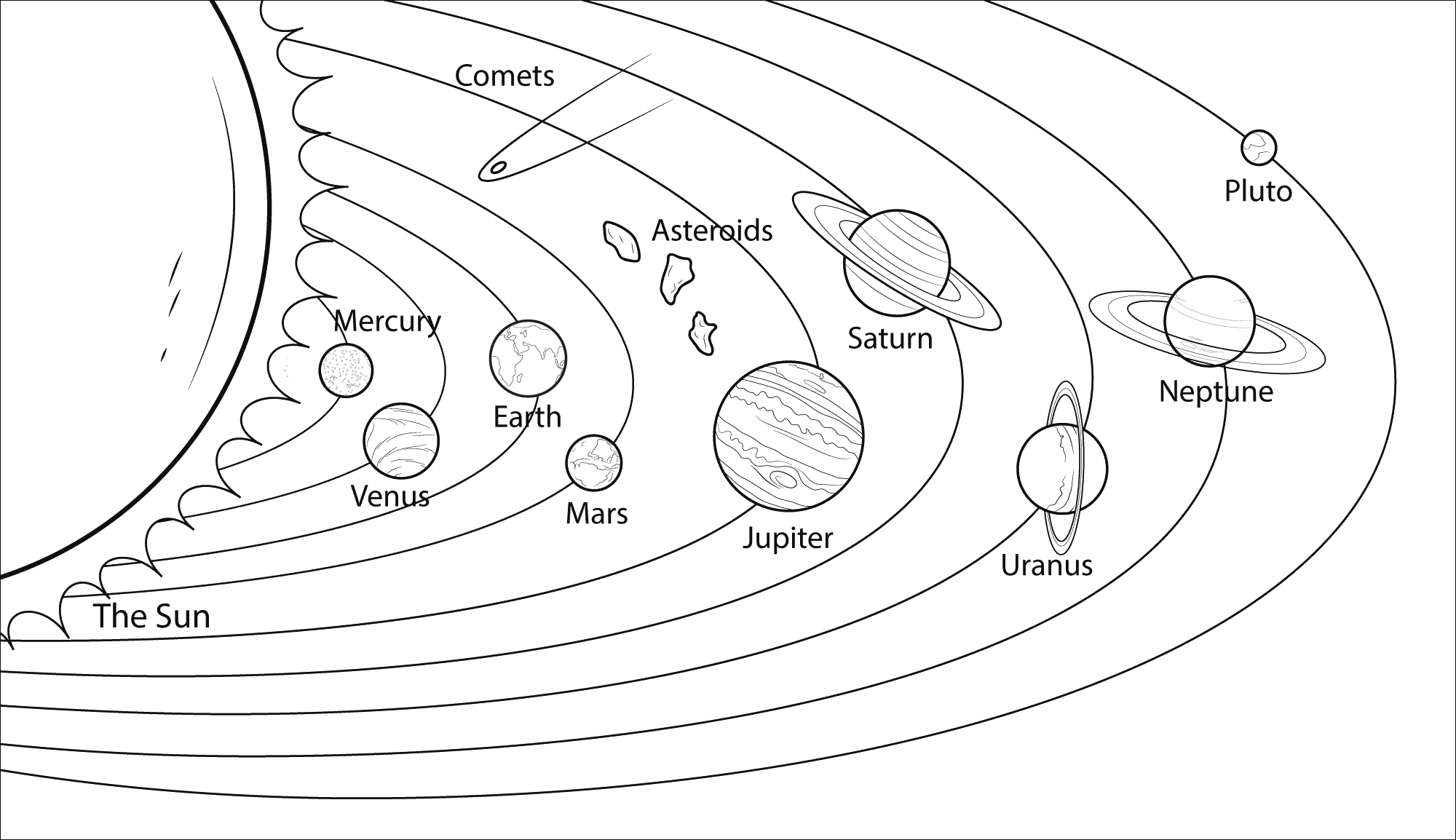
Read the information at this link. In your notebook, make the chart below and fill it in with the information at the link.
4.E.3A.2
|
|
Watch the videos about constellations. Answer the questions as you watch.
1. What is a star? 2. What is a constellation? 3. Why do the constellations appear to move? 4. Sketch Ursa Major. -What smaller constellation is a part of Ursa Major? -What important star is a part of this constellation? 5. Sketch Ursa Minor. -What smaller constellation is a part of Ursa Minor? 6. Sketch Orion. What does it resemble? -What very bright star is right next to Orion? |
4.E.3A.3
4.E.3B.1
Go to this website: Your Weight on Other Worlds.
1. Fill in your weight in pounds.
2. Make a chart to show how much you would weigh on each of the other planets.
3. Make a bar graph to compare your weight on each of the other planets?
4. Read about the difference between mass and weight. Explain why you would have a different weight on different planets.
1. Fill in your weight in pounds.
2. Make a chart to show how much you would weigh on each of the other planets.
3. Make a bar graph to compare your weight on each of the other planets?
4. Read about the difference between mass and weight. Explain why you would have a different weight on different planets.
Study the Chart. Respond to the questions.
|
1. Which planets are terrestrial? Which planets are gas planets? 2. In what units is a day measured on this chart? 3. How long is 1 day on Earth? 4. Is 1 day on Mars longer or shorter than 1 day on Earth? 5. Which planet revolves around the sun at about half the speed of Earth? 6. Look at the bar graph. Which gas planets have similar radius? Which terrestrial planets have a similar radius? 7. Look at the graph on the right. Does mass appear to affect the number of moons? |
Current News Related to the Solar System
Happy Perihelion Day 2020! Earth Is Closest to the Sun Today (Jan. 5, 2020)
13 full moons, including 2 supermoons and a blue moon, will be shining in 2020
Replay! SpaceX to Deploy 60 New Starlink Satellites in Orbit
13 full moons, including 2 supermoons and a blue moon, will be shining in 2020
Replay! SpaceX to Deploy 60 New Starlink Satellites in Orbit

